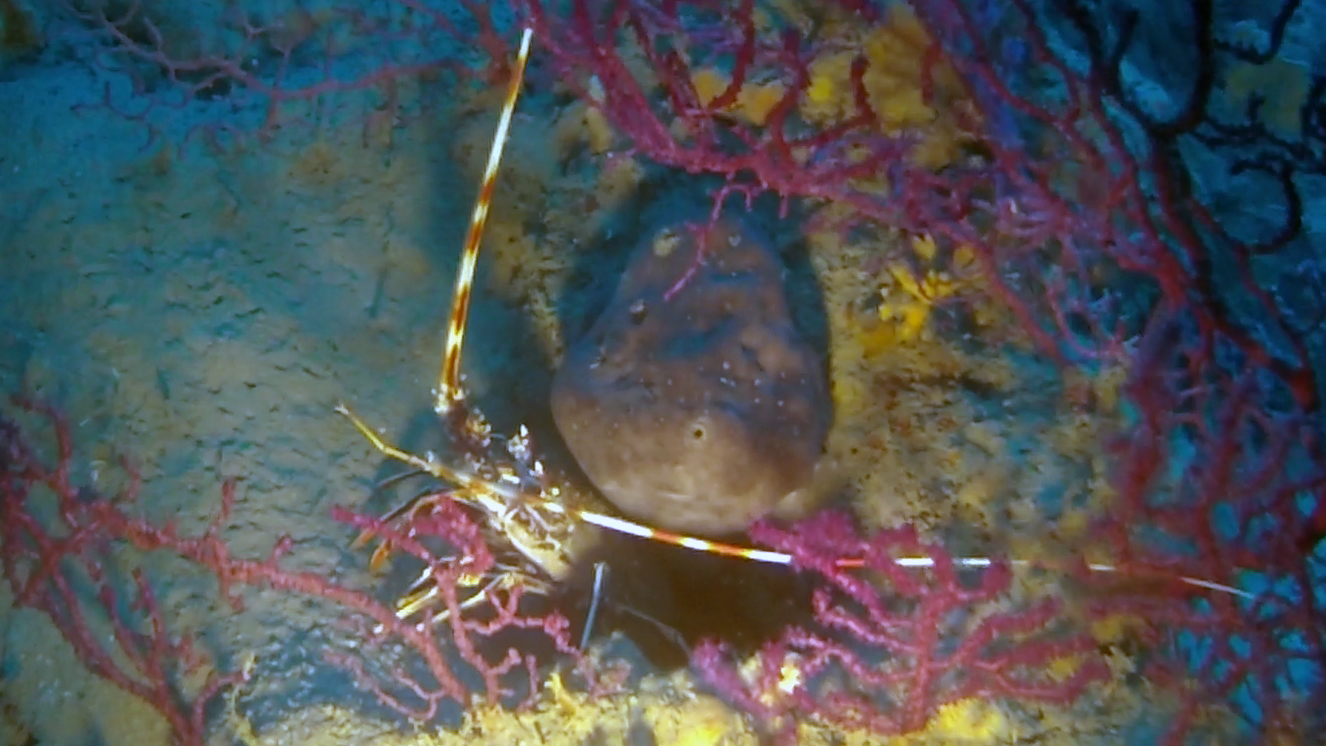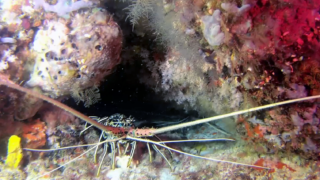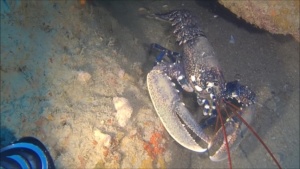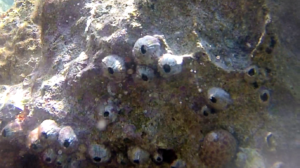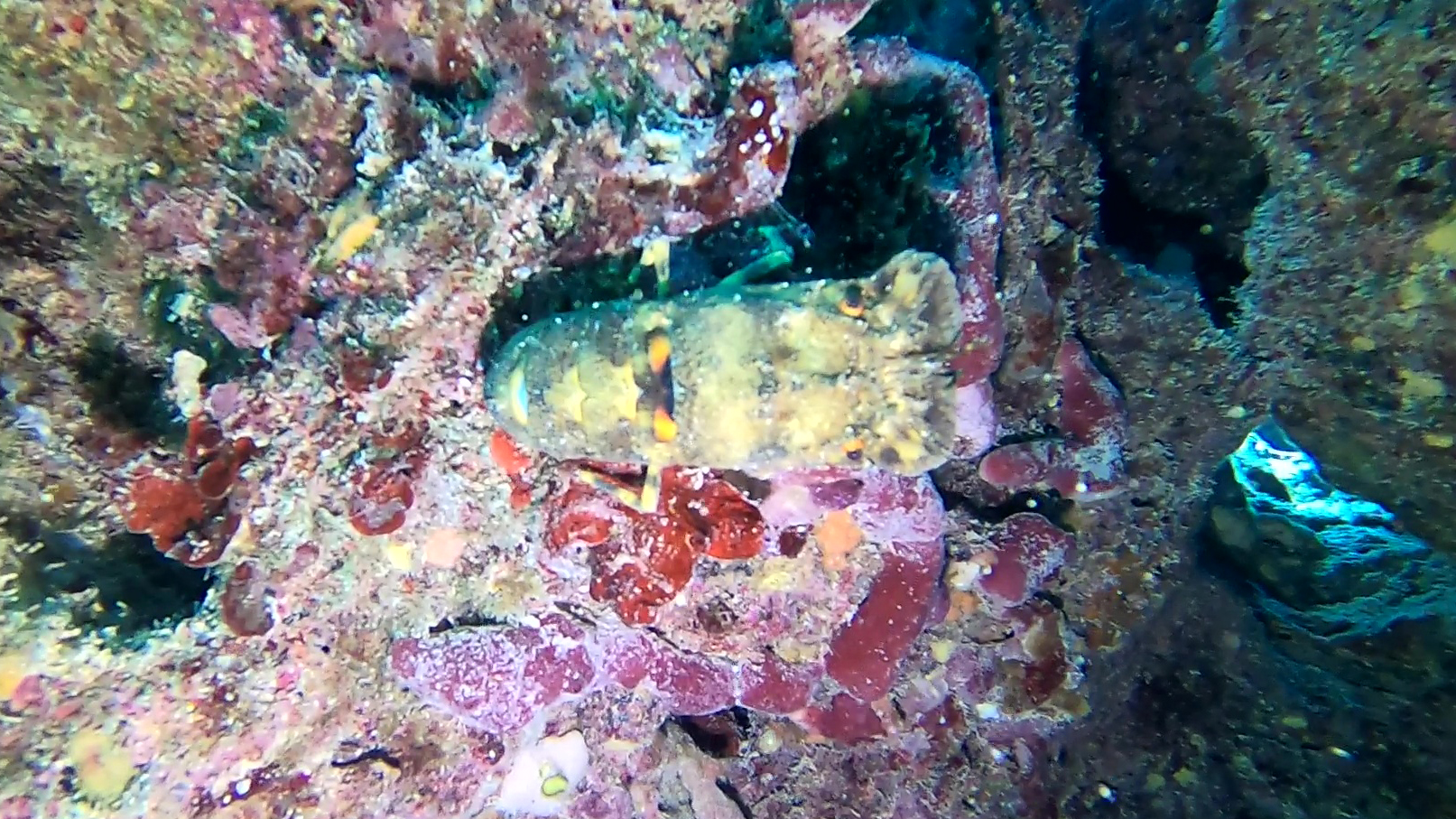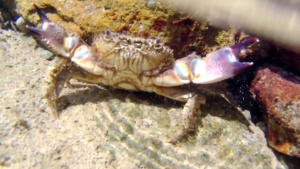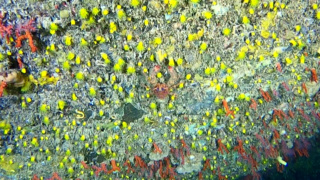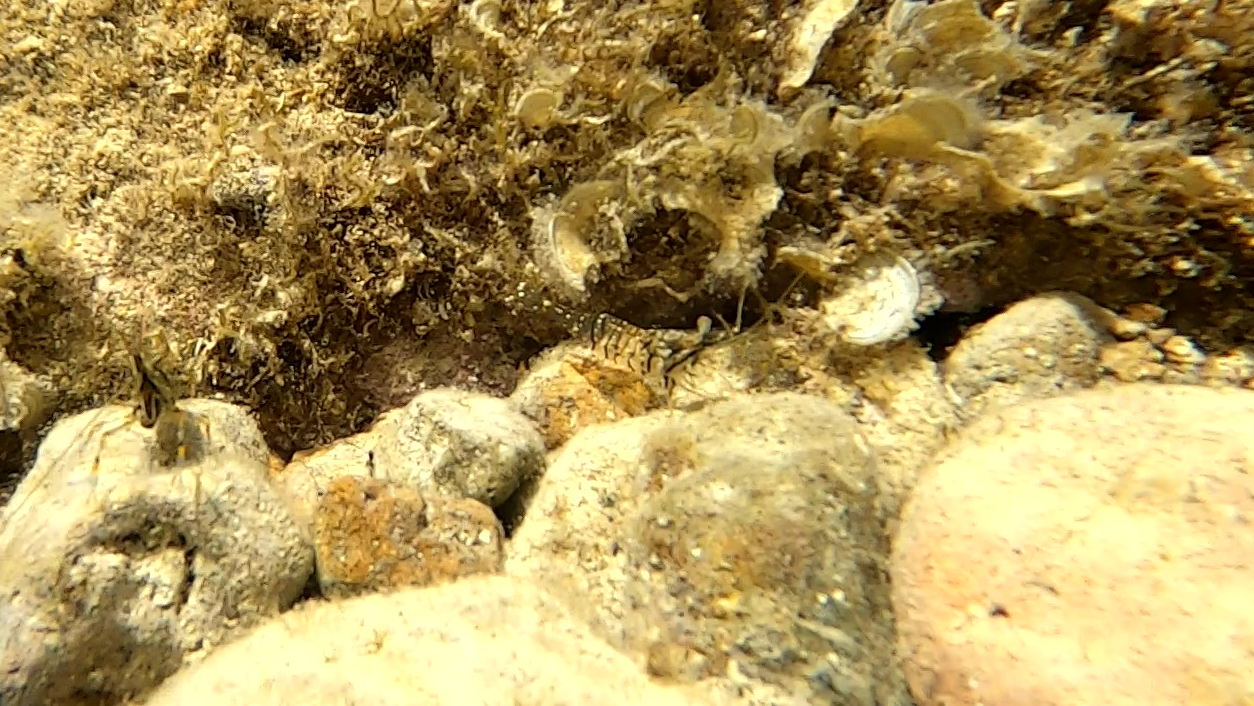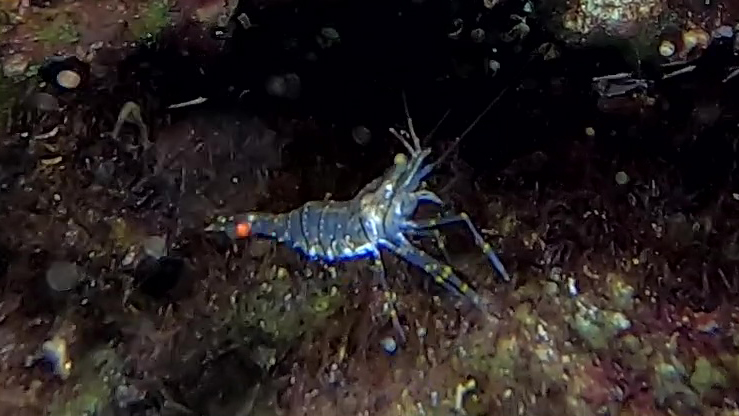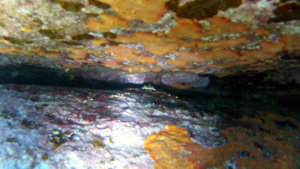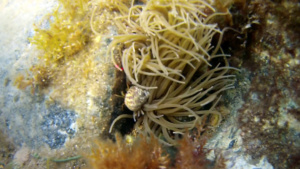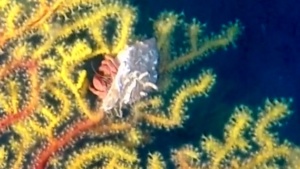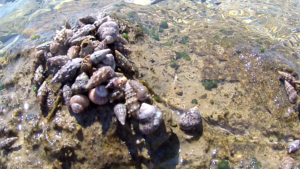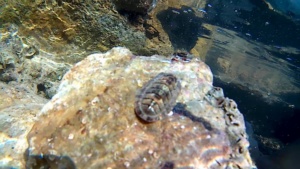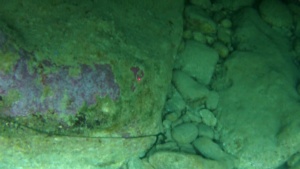L' Aragosta mediterranea (Palinurus elephas Fabricius, 1787) è un crostaceo dell'ordine Decapoda che vive nei fondali del mar Mediterraneo e dell'oceano Atlantico orientale. ...
L’Aragosta tropicale, Panulirus versicolor, è una specie che vive nelle barriere coralline tropicali dell’Indo-Pacifico. Panulirus versicolor è una delle tre varietà più comuni di aragosta in Sri Lanka insieme all’aragosta Panulirus homarus e Panulir...
L’astice europeo, Homarus gammarus (Linnaeus, 1758), conosciuto anche come lupicante, è un crostaceo decapodo appartenente alla famiglia Nephropidae.. ...
I Balani (Thoracica Darwin,1854) sono un superordine di crostacei maxillopodi. Sono anche detti “denti di cane” per via della loro forma aguzza che risulta essere molto tagliente. I Balani sono cirripedi sessili ...
La Magnosella (Scyllarus arctus Linnaeus, 1758), conosciuta anche come cicala di mare o batti batti, è un crostaceo decapodo della famiglia dei Scyllaridae. Non va confusa con Squilla mantis, ...
Eriphia verrucosa (Forskål, 1775), conosciuto comunemente come granchio favollo, granchio fellone o foulo è un crostaceo decapode della famiglia Eriphiidae. ...
Galatheidae Samouelle, 1819 è una famiglia di crostacei decapodi appartenenti alla superfamiglia Galatheoidea. Distribuzione e habitat
Sono esclusivamente marini, diffusi in tutti gli oceani e in genere bentonici; vivono sia vicini alla superficie che ...
Palaemon elegans conosciuto con il nome comune di gambero di porto, gambero di scogliera o gambero delle rocce (rockpool shrimp, nome comune alle diverse specie di gamberi della famiglia Palaemonidae) ...
Palaemon serratus è un crostaceo decapode della famiglia Palaemonidae. Il suo nome volgare è gamberetto maggiore, ed è una delle specie di gamberetto che troviamo nel Mar Mediterraneo nelle pozze di marea ...
Il Granchio reale blu o granchio azzurro (Callinectes sapidus Rathbun, 1896) è un crostaceo decapode della famiglia dei Portunidi. Specie autoctona delle coste atlantiche del continente americano, negli ultimi anni si sta diffondendo anche nel continente ...
Il Granchio corridore, Pachygrapsus marmoratus, (Fabricius,1787) è un crostaceo decapodo appartenente alla famiglia Grapsidae, è molto diffuso nelle acque costiere del Mar Mediterraneo, del Mar Nero e dell’Oceano Atlantico orientale ...
Si chiama Percnon gibbesi. E’ un crostaceo “alieno” avvistato nel Mediterraneo, per la prima volta nel 2009, a Linosa, ma con ogni probabilità già presente in molte altre aree senza essere riconosciuto. Non avendo un nome comune lo abbiamo chiamato Granchio...
Il genere Paguro (Pagurus, Fabricius, 1775) appartiene alla famiglia dei Paguridi. Paguro Pagurus Paguridi hermit crabs intotheblue.it ...
Il Paguro bernardo (Pagurus bernhardus Linnaeus, 1758) è un crostaceo decapode appartenente alla famiglia Paguridae. È chiamato più volgarmente l'eremita. Paguro bernardo Pagurus bernhardus intotheblue.it ...
Clibanarius erythropus è una specie di granchio eremita che vive in pozze e in acque sublitoranee. Si trova nel Mar Mediterraneo, nel Mar Nero e nell’Oceano Atlantico orientale dalle Azzorre alla Bretagna ...
La Pulce di mare (neroctailia bivitta) appartene al philum degli artropodi, al subphilum dei crostacei, alla classe dei malacostracei ed all’ordine degli isopodi. ...
Crustaceans (Crustacea Brünnich, 1772) are a subphylum of arthropods which includes mainly marine aquatic animals, although they are also widely present in freshwater and is known some terrestrial species.
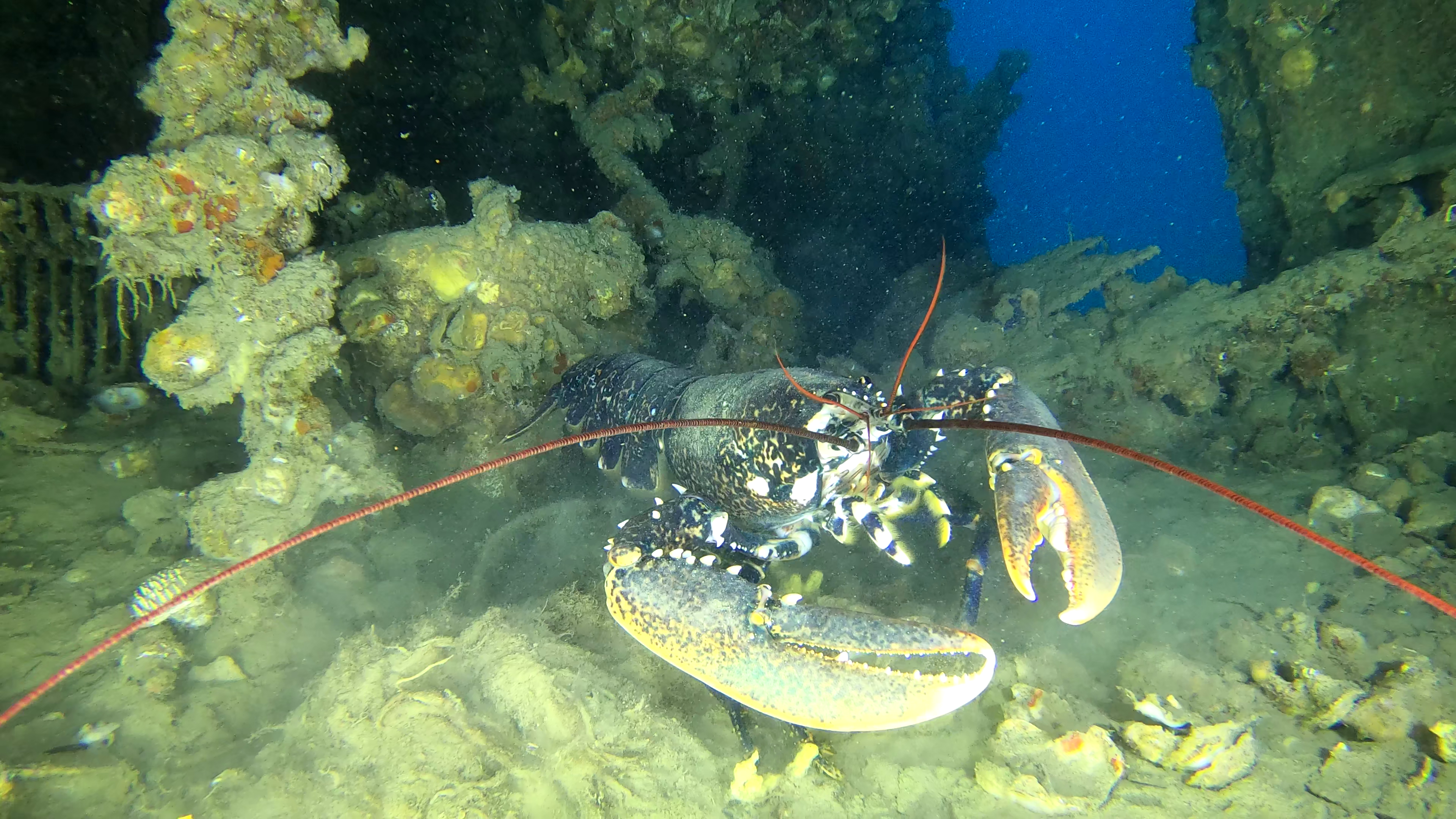
Astice che vive dentro il relitto del Silvio Homarus gammarus which lives inside the Silvio wreck
Description
That of Crustaceans constitute a very heterogeneous group whose members, at the morphological level, are linked mainly by two basal characters:
the presence of two pairs of appendages preorali (antennules and antennas) in the cephalon, otherwise identical – number and arrangement of the segments and appendages – to that of Myriapods and Hexapods; the presence of some biramose appendages (though different from those of Trilobitomorfi). In the most primitive Crustaceans there are no signs of metamerism homonomous in the trunk, only next region to cephalon: in this case all trunk segments bear locomotor appendages, which are usually smaller approaching the last segment, which often has a rigid furcula .
In more advanced shellfish trunk is divided into the chest and abdomen, said pereion and Pleon respectively. In this case, there is a differentiation of the appendices in pereiopodi (in pereion) and pleiopodi (in Pleon): the pereiopodi are mainly used to terrestrial locomotion (the front pereiopodi can perform the function of gripping and shredding of the food and in this case are said massillipedi), while the pleiopodi have other functions (for example they can be molded to the pallet for swimming, may bear gills, serve to hold the eggs).
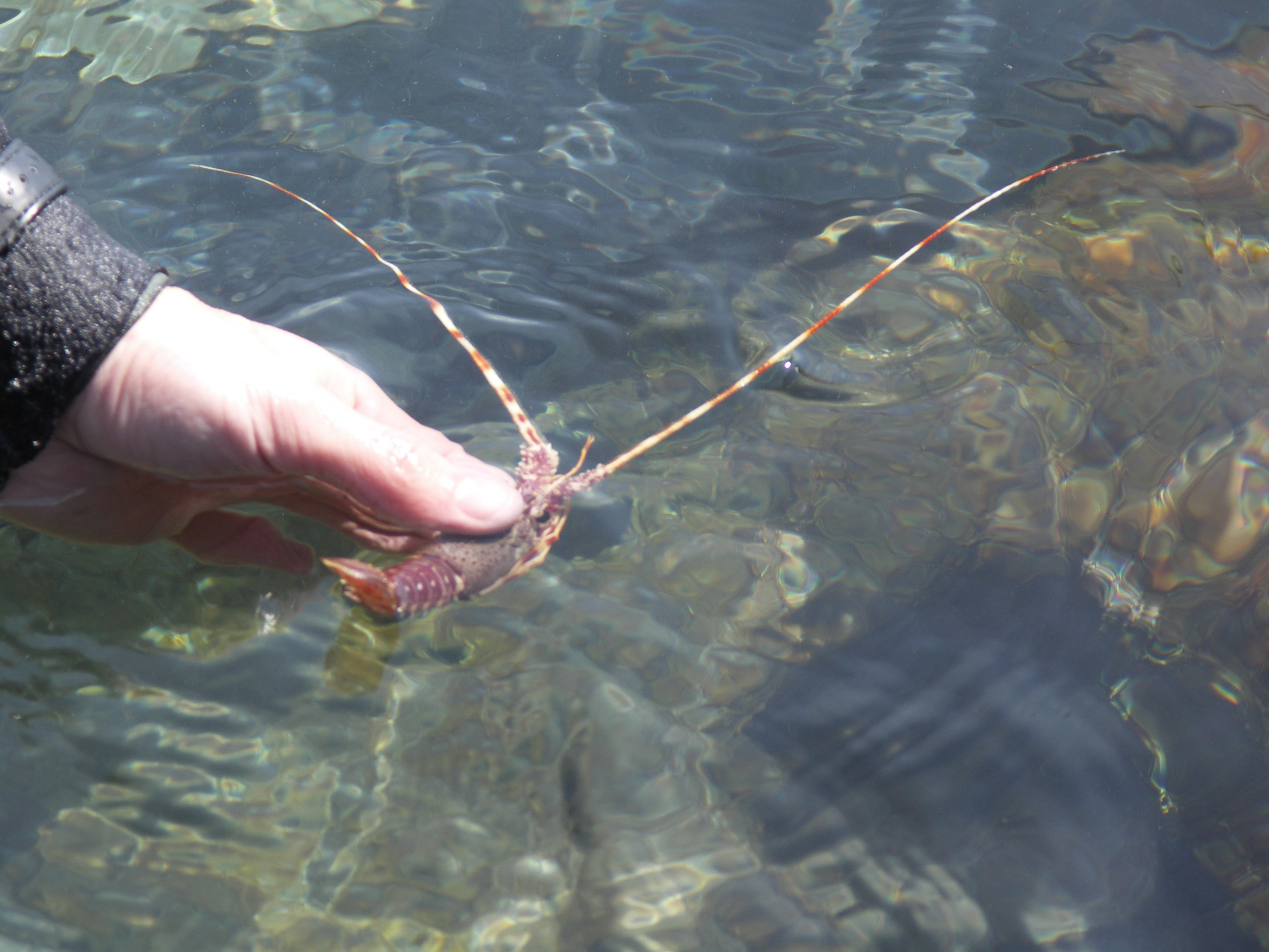
Aragosta – Palinurus Elephas – intotheblue.it
Sometimes pleiopodi last couple are flattened and are flanked by the telson (post-anal segment without appendices), also flattened, forming a fan-shaped caudal (eg lobsters).
In some crustaceans, the most famous, the thorax and the head are fused together to form a cephalothorax, covered with a carapace made more rigid by the calcium carbonate deposition.
The eyes may be the end of appendages modified or be stalked.
A typical example of progress of differentiation of the segments has in crabs. In these evolved Crustaceans, abdomen no more extension is indeed reduced and turned under the cephalothorax.
(Wikipedia)
Mi piace:
Mi piace Caricamento...
 English
English Italiano
Italiano
